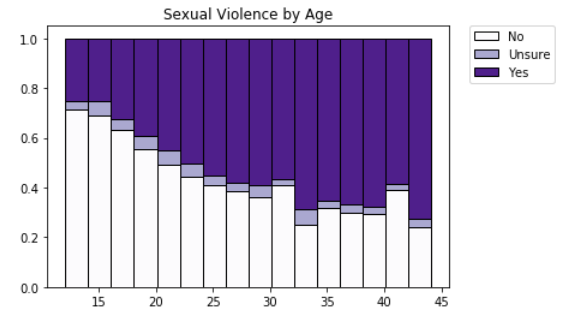This is a brief statement of my opinion on the Aziz Ansari case. Content note: rape.
There’s a direct analogy between rape and drowning. Drowning looks very different in real life vs the movies. But nobody demands that people behave more stereotypically while drowning. When people fail to behave stereotypically, still nobody denies that it was really drowning. And nobody derails the conversation by insisting that nearby swimmers can’t be treated as criminals just because they don’t recognize drowning.
I understand that among SJ-oriented people, there is some controversy about the Aziz Ansari case. A lot of people saying that it was wrong, but not sexual assault. My stance is that it was a fairly typical story of rape, making it a troubling demonstration of people’s inability to recognize rape. Yes, “rape” instead of “sexual assault”, because it was penetrative–that should be straightforward. But the part that gives people trouble, is that Grace didn’t behave as they expected a non-consenting person should, and they think the typical person would have great difficulty recognizing the signs. To this I say, okay, but please update your expectations. This is what drowning looks like.

